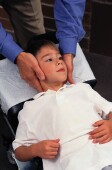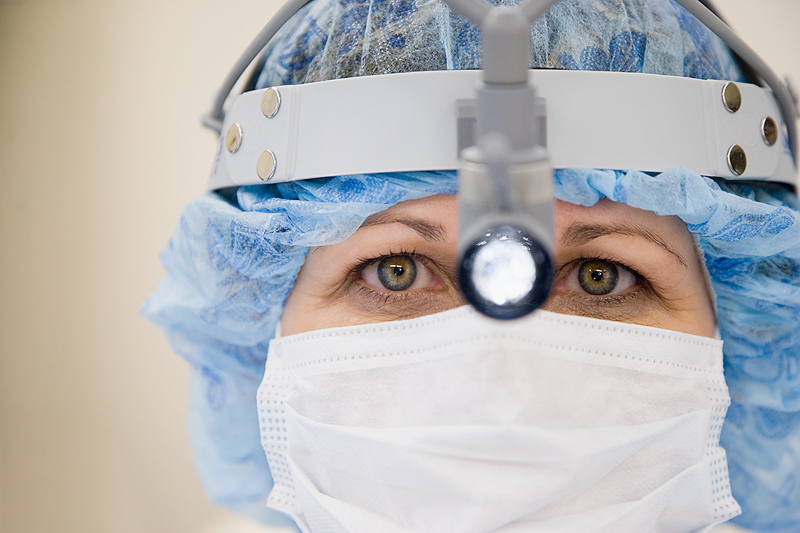
TUESDAY, Feb. 18, 2014 (HealthDay News) — A new way to scan children — and potentially adults — for signs of cancer’s spread without exposing them to dangerous radiation has been developed, researchers say.
The approach, however, has been tested only in a few patients, and pediatric radiologists say it’s not ready for prime time just yet.
Still, the study findings are encouraging and suggest that “we can solve the conundrum between the need for whole-body [scans] and the risk of potentially inducing cancer later in life,” said lead author Dr. Heike Daldrup-Link, an associate professor in the department of radiology at the Stanford School of Medicine’s Lucile Packard Children’s Hospital.
At issue is the radiation exposure kids and adults face when their bodies are scanned for signs of cancer. Although radiation can pose risks to adults, children and younger adults — at least to the age of 40 — face a higher level of danger, said Dr. Thomas Slovis, staff pediatric radiologist at Children’s Hospital of Michigan. That has put children and young adults at the forefront of efforts to reduce radiation exposure from scans.
For one thing, children and young adults are still growing, meaning their cells are dividing and therefore susceptible to disruptions in their DNA, said Slovis, who was not involved in the study. Younger people also have more years left in their lives to develop tumors, and more opportunities to get exposed to radiation over time, he said.
The good news is that “there’s been a tremendous improvement in the radiation dose in the newer machines manufacturers are now producing,” said Slovis, who is also professor emeritus of radiology at the Wayne State University School of Medicine, in Detroit. “[Still], any radiation that’s not necessary is harmful.”
The new findings highlight an alternative that allows radiologists to scan for tumors without using any radiation. Instead, they used MRI scans in conjunction with a “contrast agent” — a kind of iron supplement — that helps them better see the insides of the body.
In the study, the researchers scanned 22 patients aged 8 to 33 who had malignant tumors known as lymphomas and sarcomas. The researchers found similar numbers of tumors by using the new MRI approach (158 tumors) and a traditional radiation scanning approach that combines PET and CT (163 tumors).
“If treatment decisions had been made based on either of these scans, the decision would have been the same,” Daldrup-Link said.
The costs for the two kinds of scans are similar, she said.
What about side effects? MRIs use radio waves instead of radiation to peer inside the body, Daldrup-Link said. There are no side effects to MRI scans, she said, although some patients might be allergic to the contrast agent.
More research and perhaps more attempts to discover how the treatment works in older adults are now needed. Physicians are beginning a study of the scanning technique in at least six major children’s hospitals throughout the country, Daldrup-Link said.
The study is set for publication in the Feb. 19 issue of the journal The Lancet Oncology.
In the big picture, several questions need to be answered before the approach is ready for prime time, Slovis said. The goal — the “holy grail” — is to be able to find a way to scan children for cancer without using radiation or sedation. For now, though, “there’s not enough information to say we have it,” he said.
Dr. Marta Hernanz-Schulman agreed. She is a professor of radiology and pediatrics at Vanderbilt University Medical Center and medical director of diagnostic imaging at Vanderbilt Children’s Hospital in Nashville, Tenn.
“It’s a great step forward in the quest for the ideal test, but it needs to be evaluated,” she said. And she cautioned that the side effects — allergic reactions to the contrast agent — could be quite serious.
More information
Learn about pediatric radiologists from the American Academy of Pediatrics.
Copyright © 2025 HealthDay. All rights reserved.

